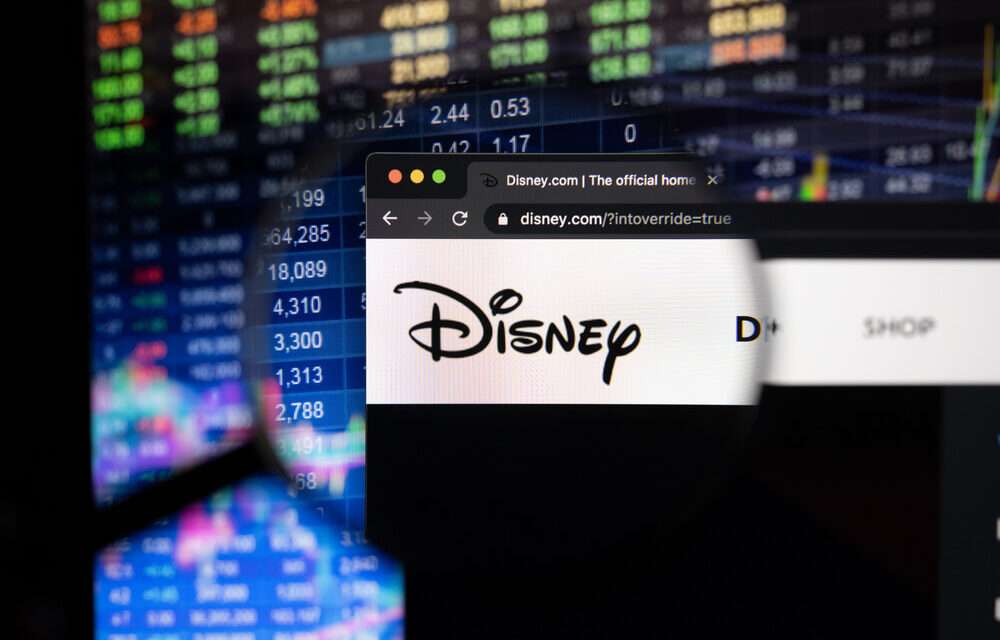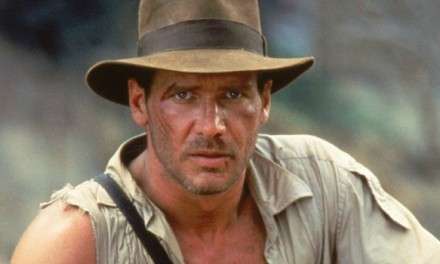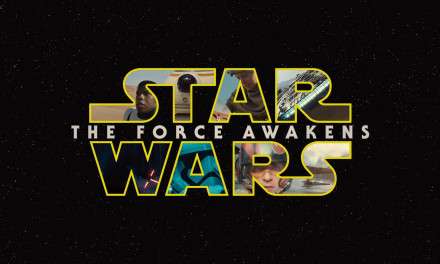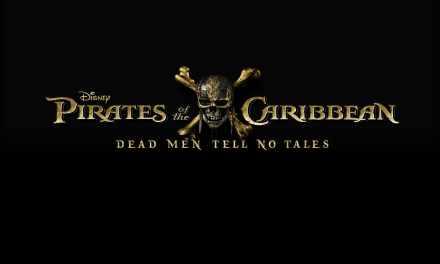Last week, I had the magical opportunity to attend an advanced screening of Marvel’s highly-anticipated blockbuster, *Deadpool & Wolverine*. A film so electrifying that I was compelled to return for an encore viewing, joining countless other fans who helped the movie rake in a staggering $200 million in U.S. theaters and an impressive $440 million worldwide in its first weekend alone.
Marvel’s magic at the box office is well-documented, ever since *Iron Man* blasted onto screens in 2008. With $14.3 billion in domestic sales, the MCU dwarfs even beloved franchises like *Star Wars* and *James Bond*. But with this success story, a lingering question arises: Why is Disney (NYSE: DIS), the magic kingdom of entertainment, shifting gears to cross-promote sports while scaling back on potential blockbuster films?
The answer is nuanced, yet straightforward. Producing blockbuster movies involves a mammoth financial gamble. Consider last year’s extravagant MCU outing, *The Marvels*. The production budget ballooned from an initial $130 million to a whopping $270 million. Factoring in distribution and marketing, the film would need to gross at least $450 million just to break even. Unfortunately, it managed only $199.7 million worldwide.
This highlights two key issues. Firstly, *The Marvels* underwhelmed compared to its MCU predecessors. Secondly, Disney faced a form of “Marvel fatigue” by saturating the market with both films and Disney+ series. So, in its quest for revenue, Disney has turned to one of the most lucrative fields available: sports broadcasting rights.
Disney, leveraging its ownership of ABC and ESPN, just inked an 11-year, $77 billion deal with NBCUniversal and Amazon to broadcast NBA games. It’s a move where everyone benefits: the leagues, the teams, and even star players like Lionel Messi, who receives a slice of Apple’s MLS Season Pass revenue in his contract with Inter Miami. Compared to films, sports broadcasting is a more reliable revenue stream.
But how does this pivot affect Disney’s stock? According to Adam O’Dell’s Green Zone Power Ratings system, Disney stock currently rates a “High-Risk” 14 out of 100, expected to underperform over the next 12 months. While it has “Neutral” ratings on Momentum, Volatility, Value, and Quality, it’s bearish in terms of Growth and Size.
Despite the company’s efforts to diversify its revenue streams, only time will tell if this strategy pays off. For those of you pondering whether or not to invest, O’Dell’s system suggests it might be wise to hold off for now.
What do you think about Disney’s strategic pivot? Share your thoughts in the comments below and let’s get the discussion going!
Source: Money & Markets, LLC





